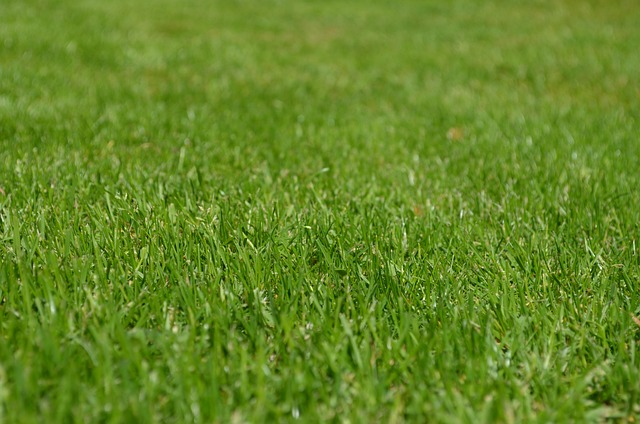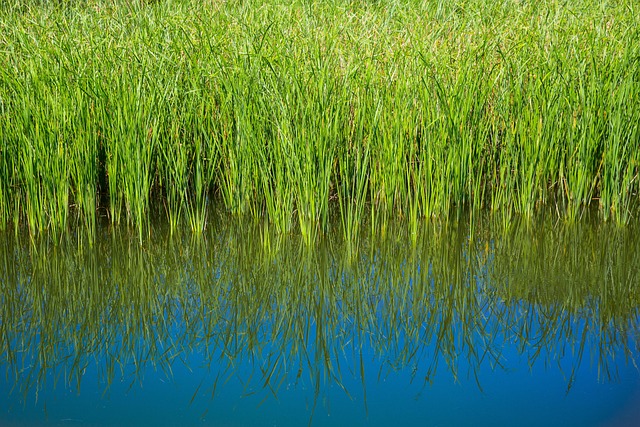Lawn soil compaction in Colorado Springs, caused by weather and human activities, hinders grass growth and creates a fertile environment for fungi. To address these issues, identify compacted soil through thin, patchy grass and recognize fungal infections like yellowing or browning patches. Early detection is crucial as professional testing confirms common fungal pathogens. Solutions include aeration to improve air circulation, proper irrigation, and incorporating organic matter for better soil texture and drainage, thus preventing fungus and compaction.
Lawn plant soil compaction is a common issue in areas like Colorado Springs, where varying climates can lead to dense, compacted soils. This poses challenges for grass growth and makes lawns susceptible to fungal infestations. Understanding the causes and effects of compaction is crucial for effective relief. This article guides you through identifying lawn fungus specific to Colorado Springs and offers practical solutions to alleviate soil compactness, fostering a healthier lawn environment. Learn how to prevent fungal infestations and restore your lawn’s vibrancy.
- Understanding Lawn Soil Compaction: Causes and Effects in Colorado Springs
- Identifying and Diagnosing Lawn Fungus Infestations
- Effective Solutions for Relieving Soil Compactness and Preventing Lawn Fungus in Colorado Springs' Climate
Understanding Lawn Soil Compaction: Causes and Effects in Colorado Springs

Lawn soil compaction is a common issue in Colorado Springs, often stemming from heavy foot traffic, intense rainfall, or poor soil management. This problem can lead to significant effects on your lawn’s health and appearance. Compacted soil inhibits water, air, and nutrient penetration, which are essential for grass growth. As a result, you may notice that your lawn becomes thin, patchy, and struggles to recover from damage. Identifying lawn fungus in Colorado Springs is also crucial as compacted soil can create the perfect environment for fungal growth, further compromising your lawn’s health.
In terms of causes, intense weather conditions play a significant role. Heavy rainfall can saturate the soil, causing it to settle and compact over time. Conversely, dry spells followed by sudden watering can also lead to compaction as the water quickly settles into a dense layer below the surface. Human activities contribute as well; frequent foot traffic, especially on smaller lawns or areas with poor drainage, can compress the soil. Understanding these causes is essential in implementing effective solutions, such as aeration and proper irrigation techniques, to alleviate lawn soil compaction in Colorado Springs.
Identifying and Diagnosing Lawn Fungus Infestations

Identifying lawn fungus in Colorado Springs begins with recognizing unusual patterns in your grass. Yellowing, browning, or thinning patches could indicate fungal infections. Look for areas where the grass feels abnormally soft or matted down, as this may be a sign of root rot caused by excessive moisture and compacted soil. Diagnosing the specific type of fungus requires examining symptoms closely; different fungi target various parts of the lawn, from blades to roots.
Professional diagnosis is recommended for accurate identification. Experts can test samples for common fungal pathogens prevalent in Colorado Springs’ climate and soil conditions. Early detection is crucial for effective treatment, as once established, lawn fungi can spread rapidly, causing extensive damage. Regular maintenance practices, such as proper watering and aeration, can help prevent fungus infestations by promoting air circulation and reducing moisture retention in compacted soil.
Effective Solutions for Relieving Soil Compactness and Preventing Lawn Fungus in Colorado Springs' Climate

Soil compaction is a prevalent issue in Colorado Springs, where the unique climate and high elevation can make turf management challenging. Heavy rainfall during the spring and summer seasons often leads to compacted soils, creating an ideal environment for lawn fungus to thrive. Identifying lawn fungus in Colorado Springs is crucial as it not only weakens the grass but also hinders proper water, nutrient, and air penetration into the soil, exacerbating compaction issues.
Fortunately, there are effective solutions to relieve soil compactness and prevent lawn fungus. One of the best practices is aeration, which involves puncturing small holes in the soil to reduce pressure and allow for better air circulation. Regular aeration, particularly during dry periods, can help maintain a healthy soil structure. Additionally, applying organic matter, such as compost or topsoil, can improve soil texture and drainage, making it less susceptible to compactness and fungal infections.
In addressing lawn plant soil compaction relief, especially in the unique climate of Colorado Springs, it’s crucial to understand both the root causes and effective solutions. By identifying and diagnosing lawn fungus infestations early on, using targeted treatments, and implementing preventive measures, residents can enjoy lush, healthy lawns. Remember that navigating these challenges is key to maintaining a vibrant landscape, and with the right approach, even bustling Colorado Springs’ soil can be revitalized.
